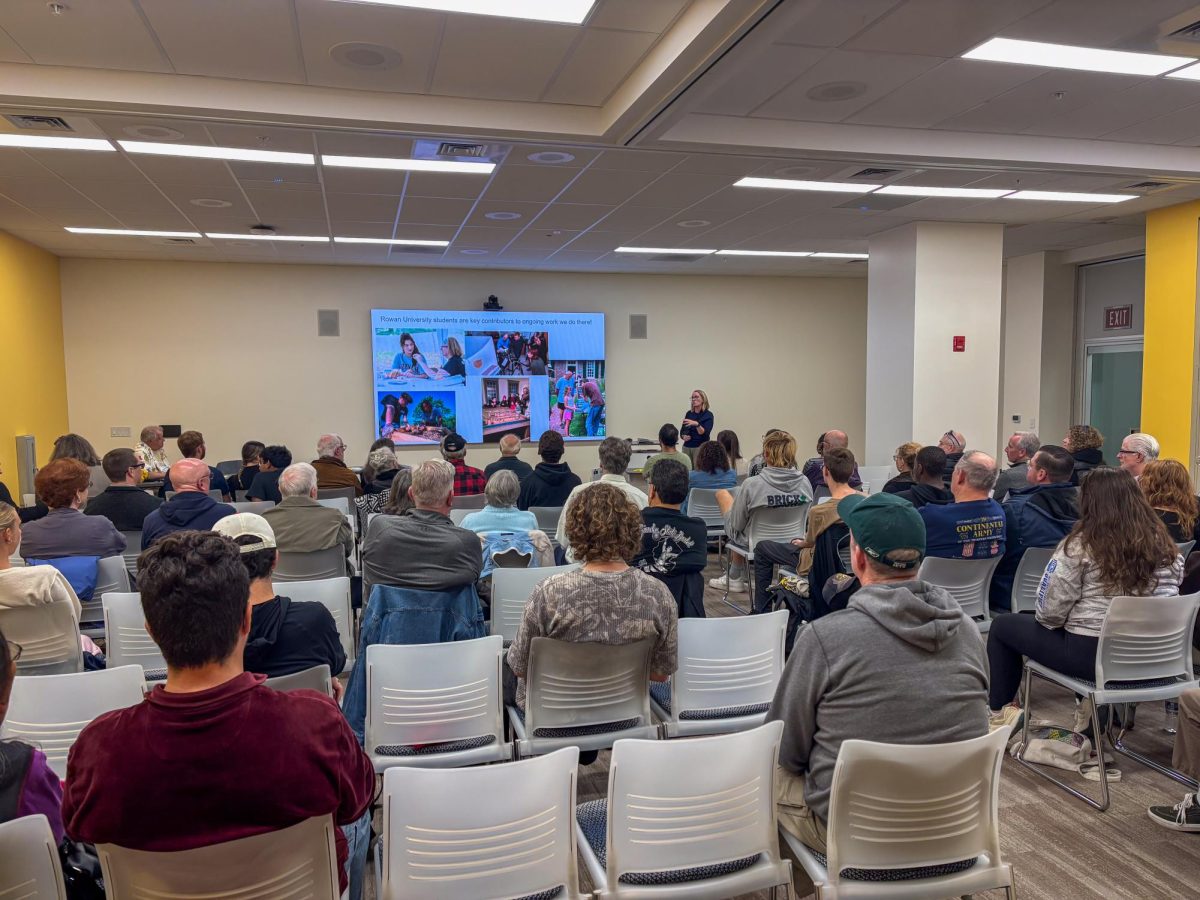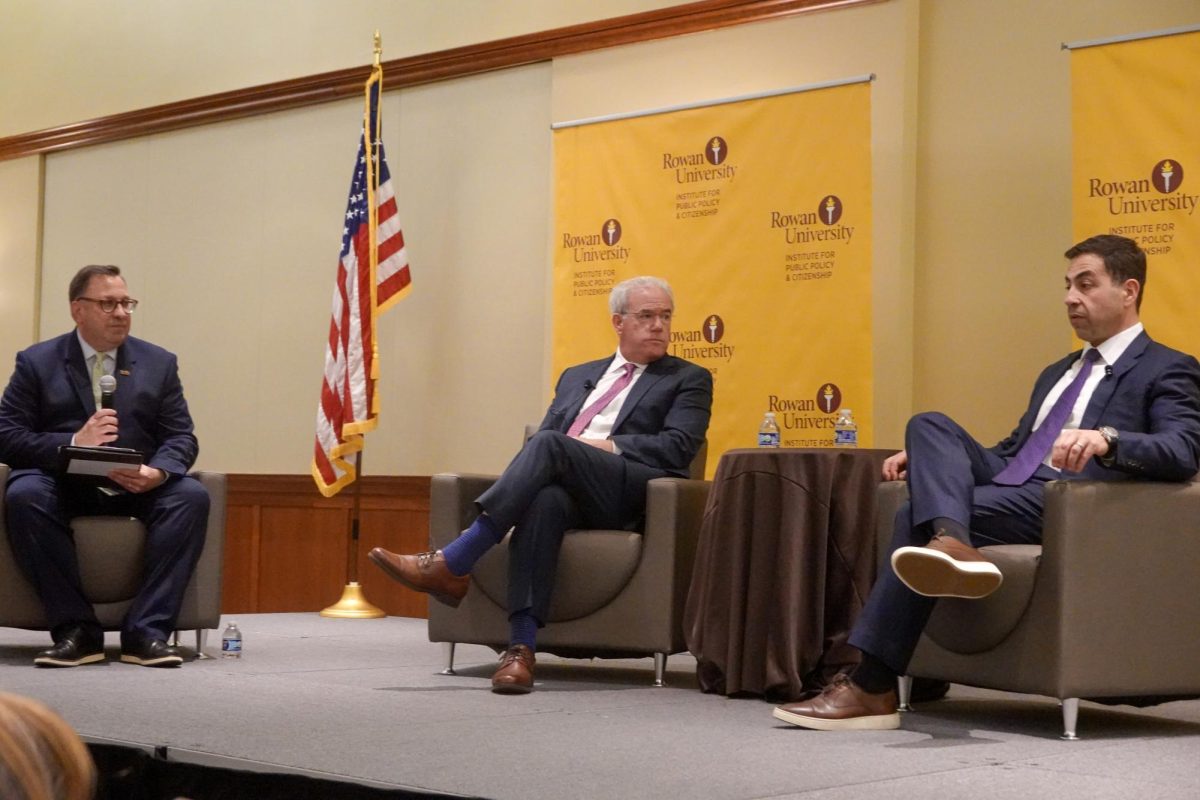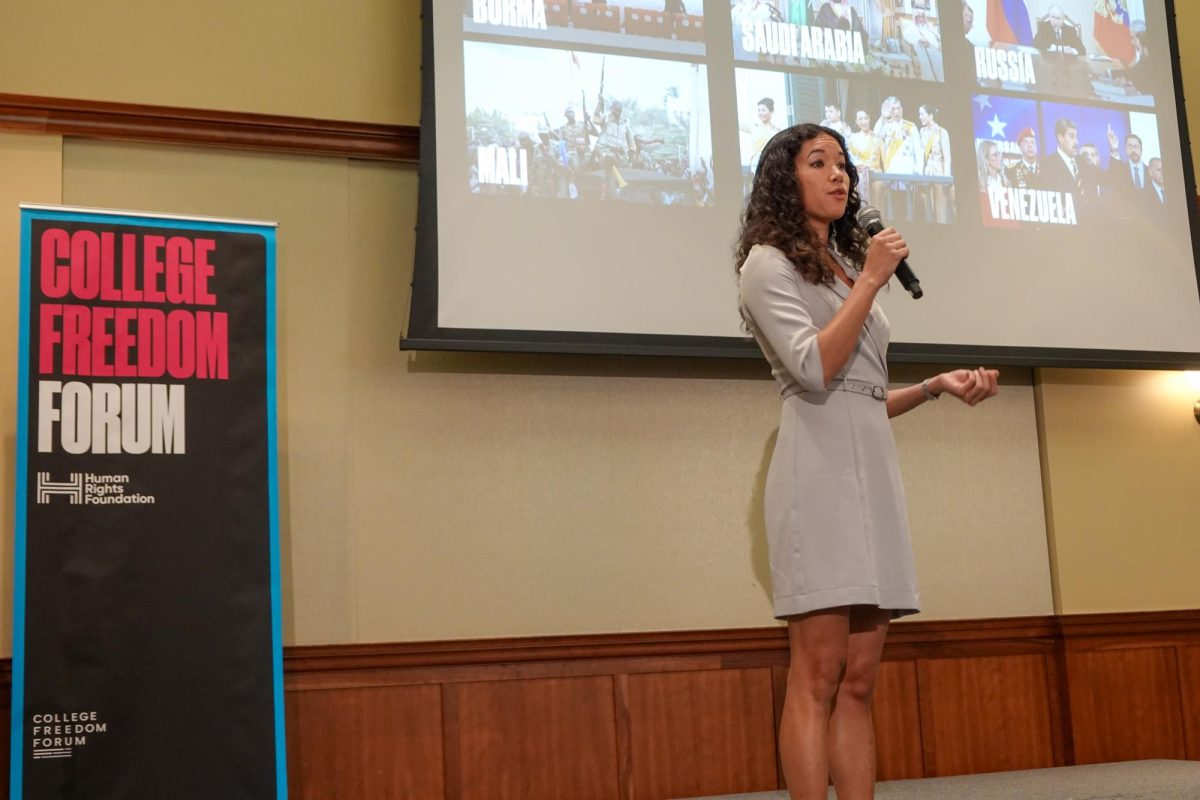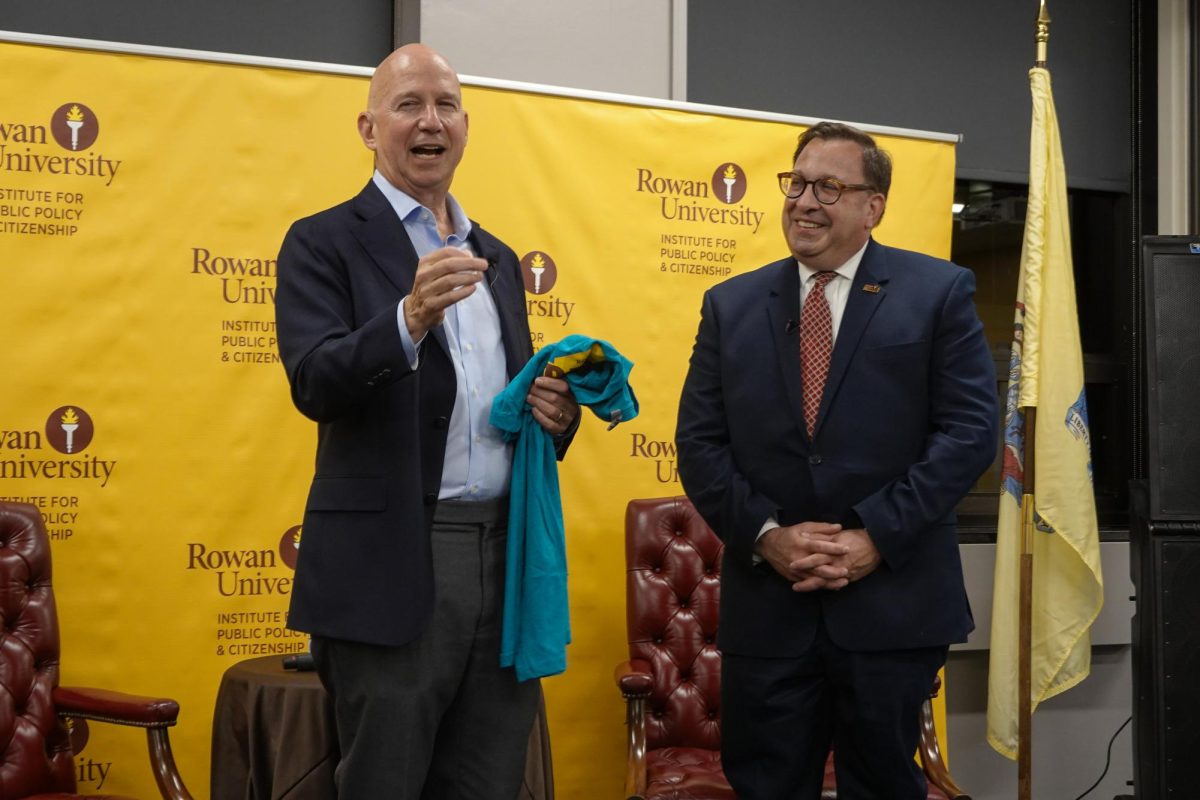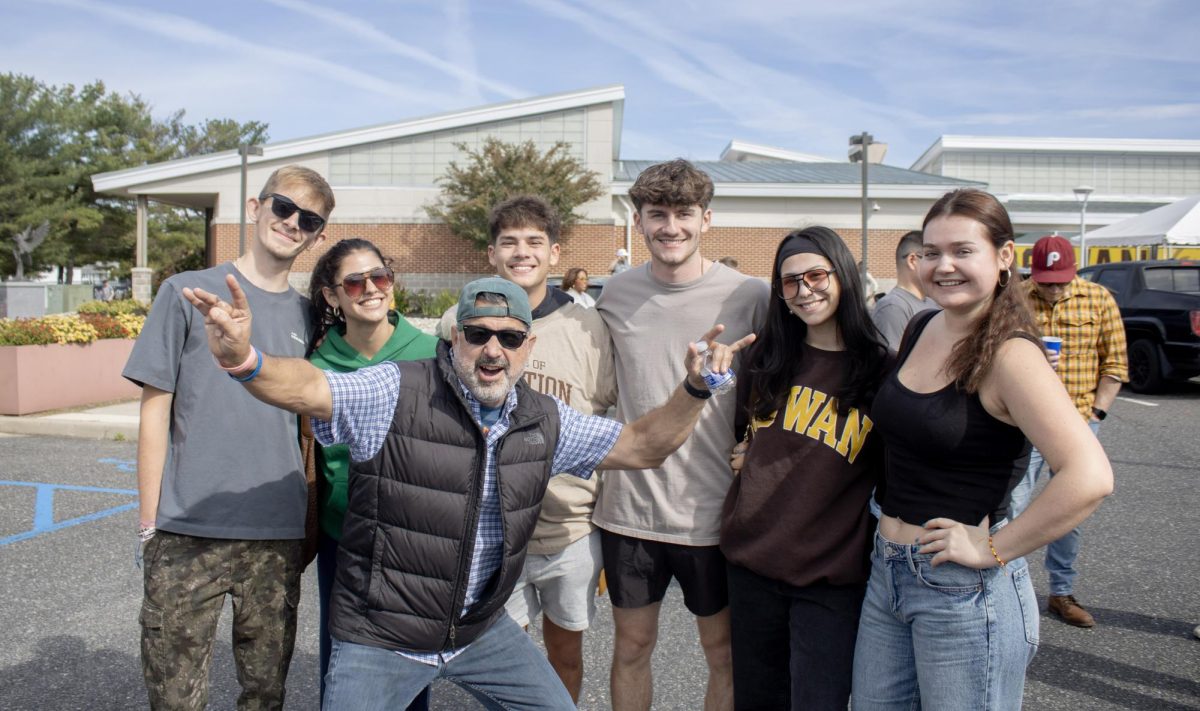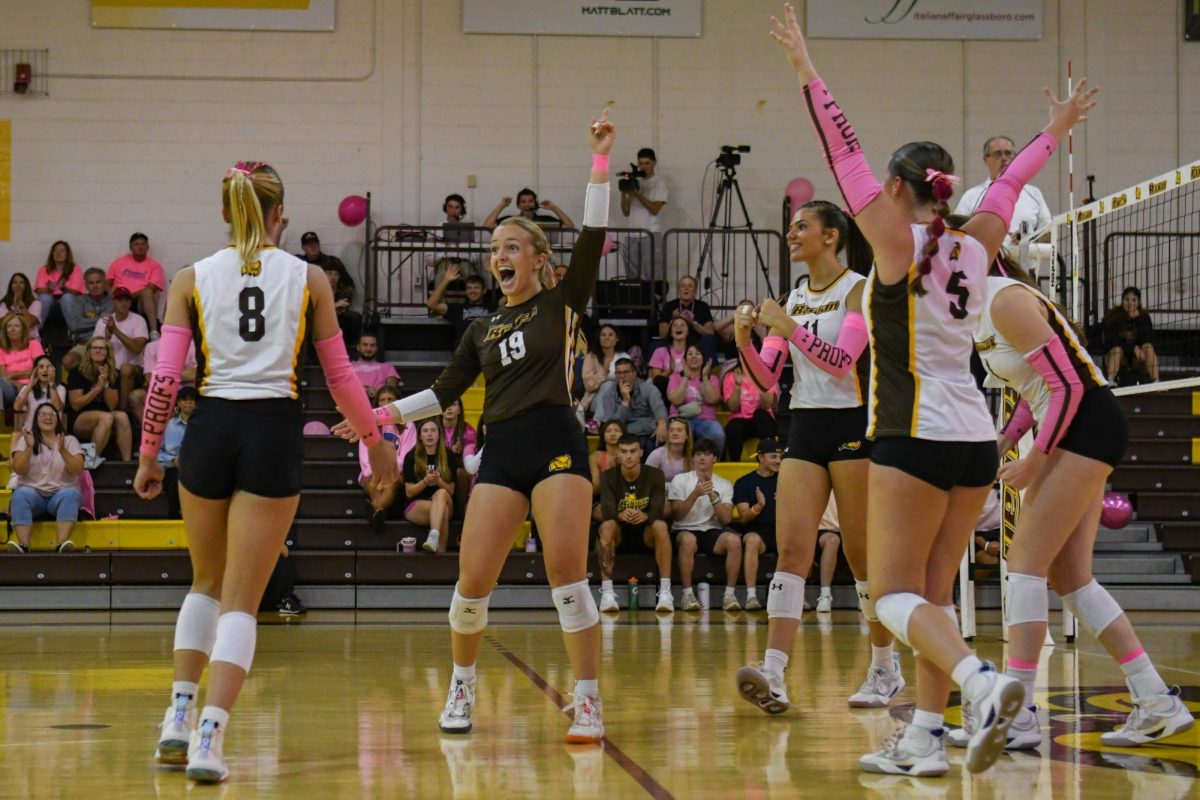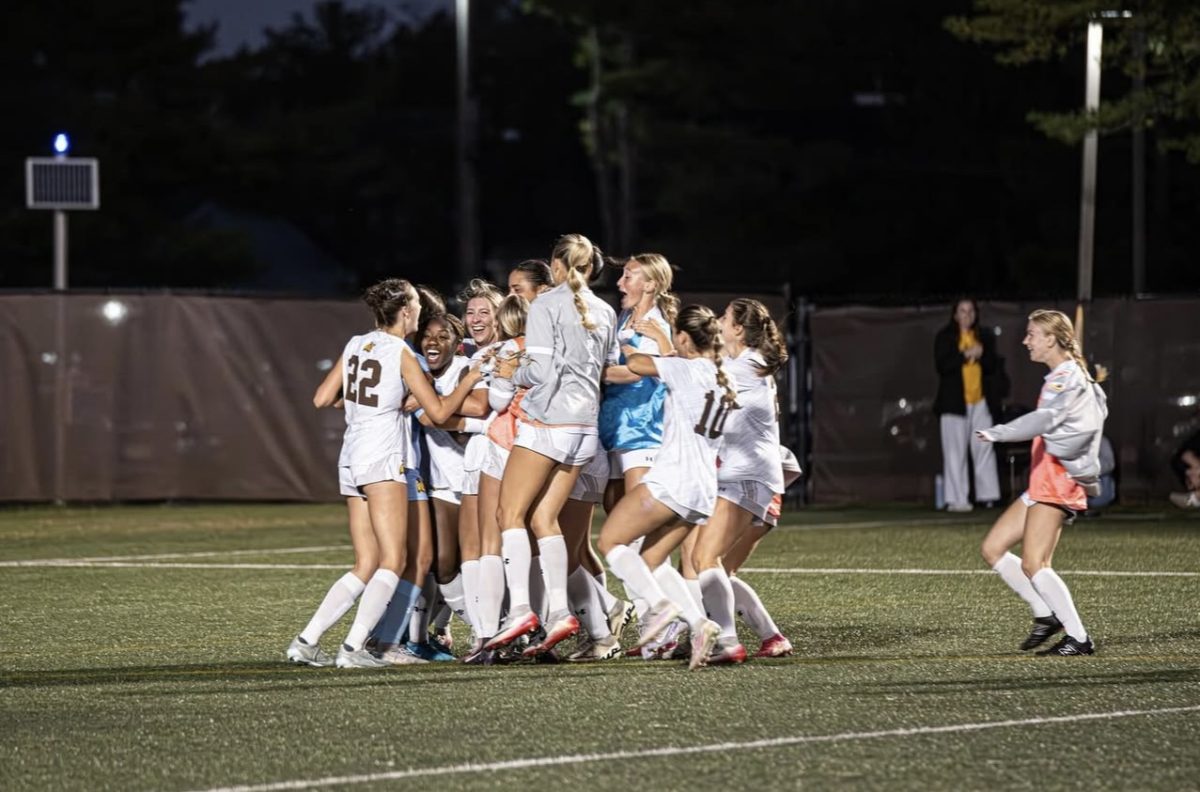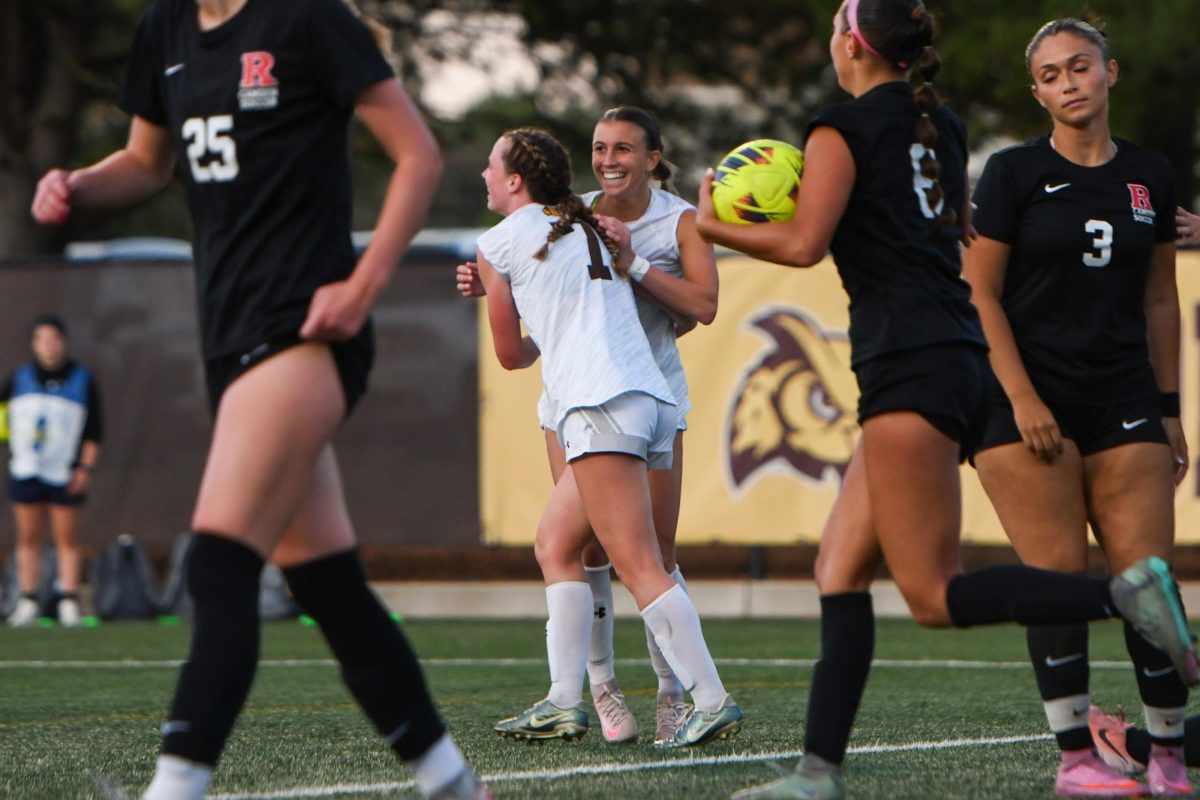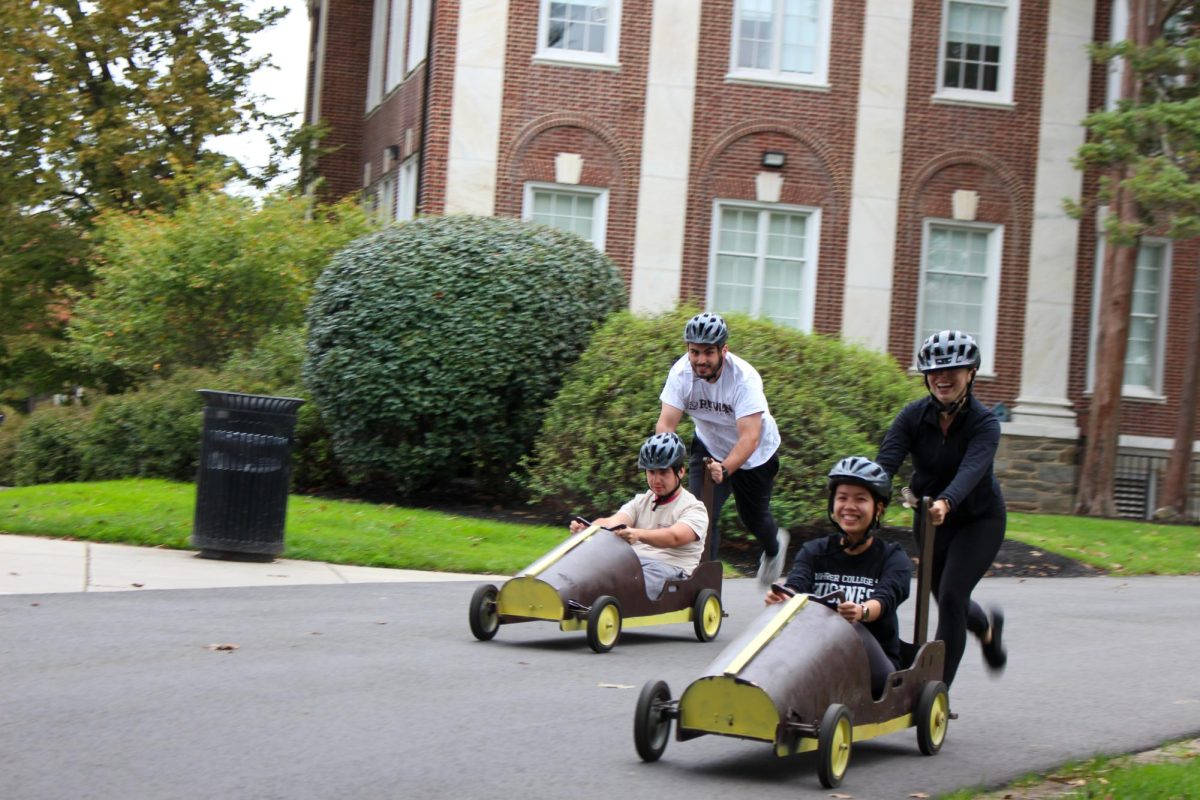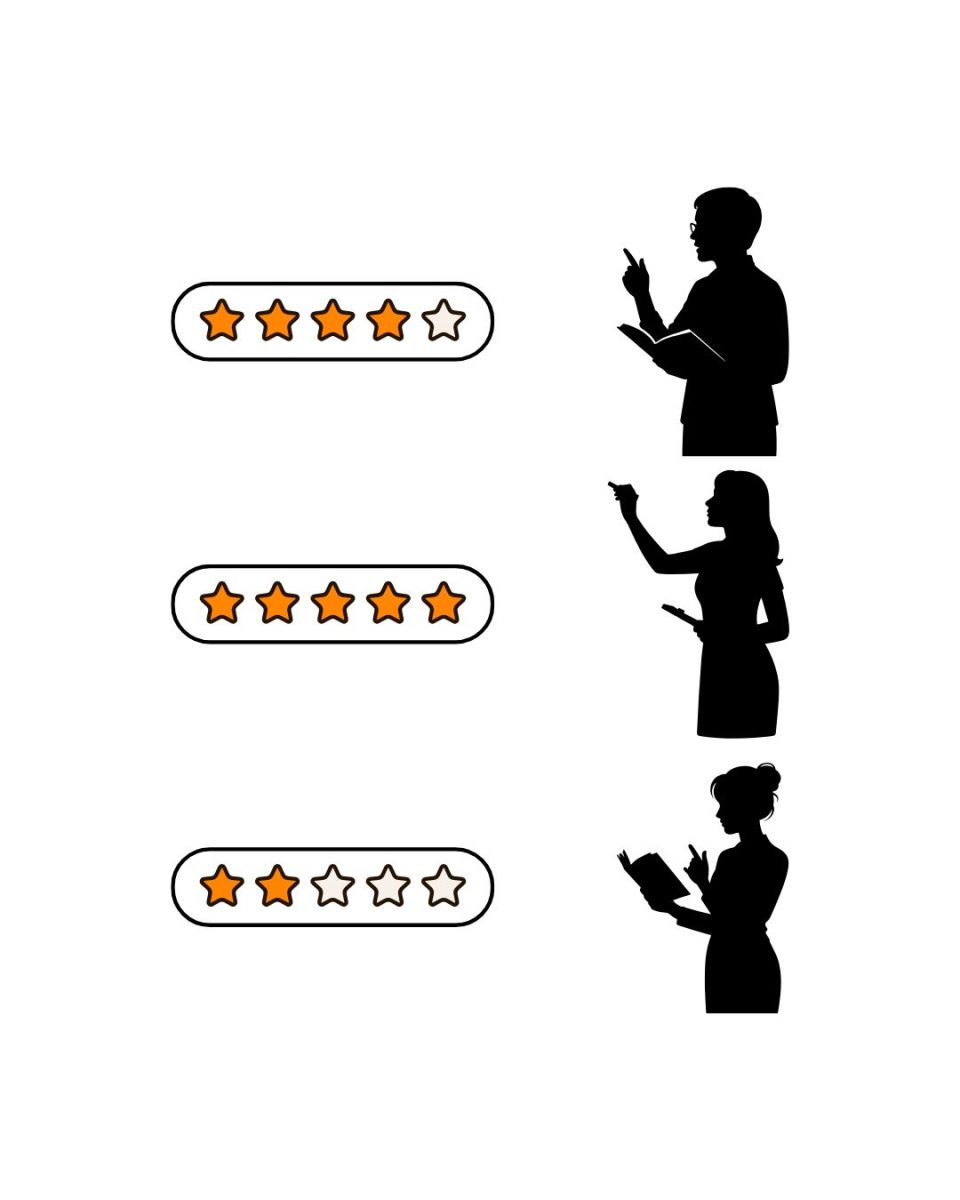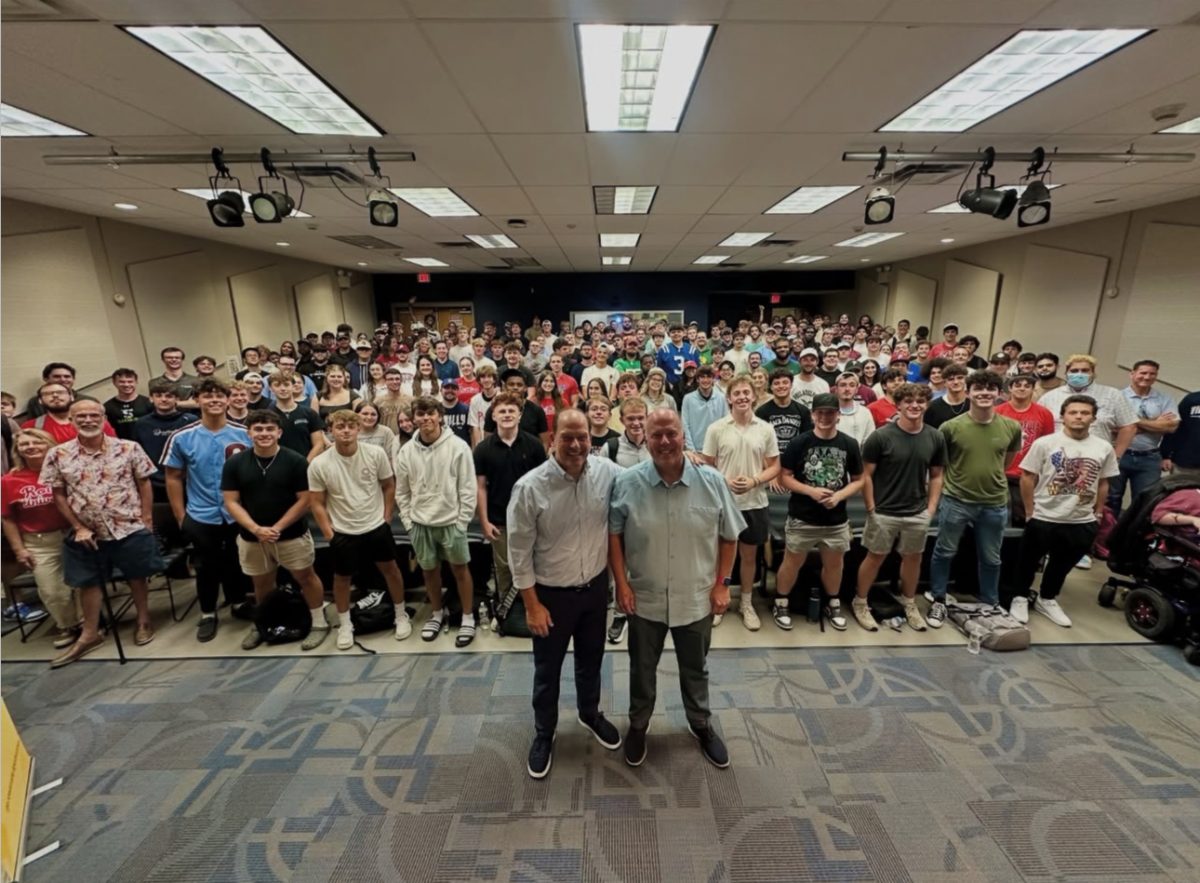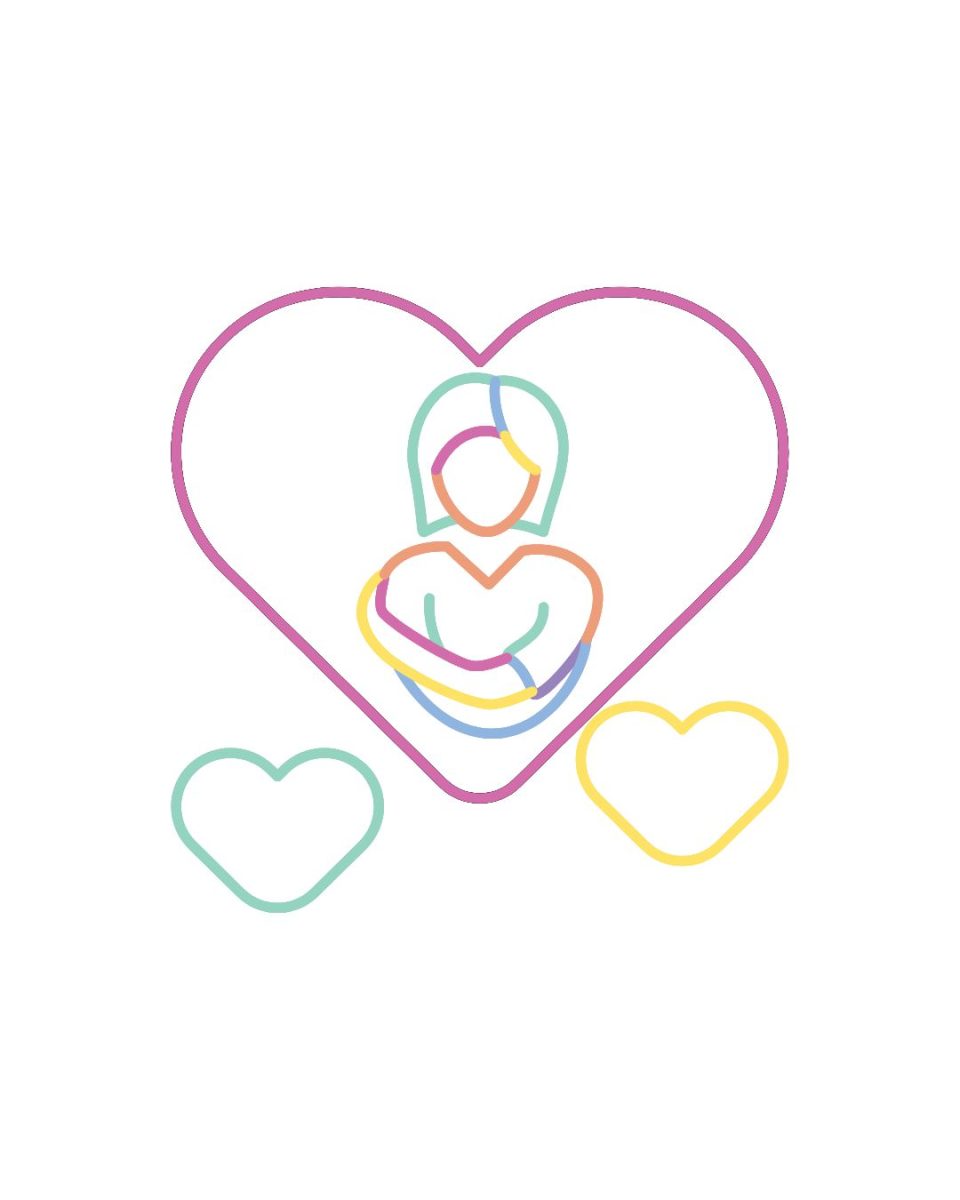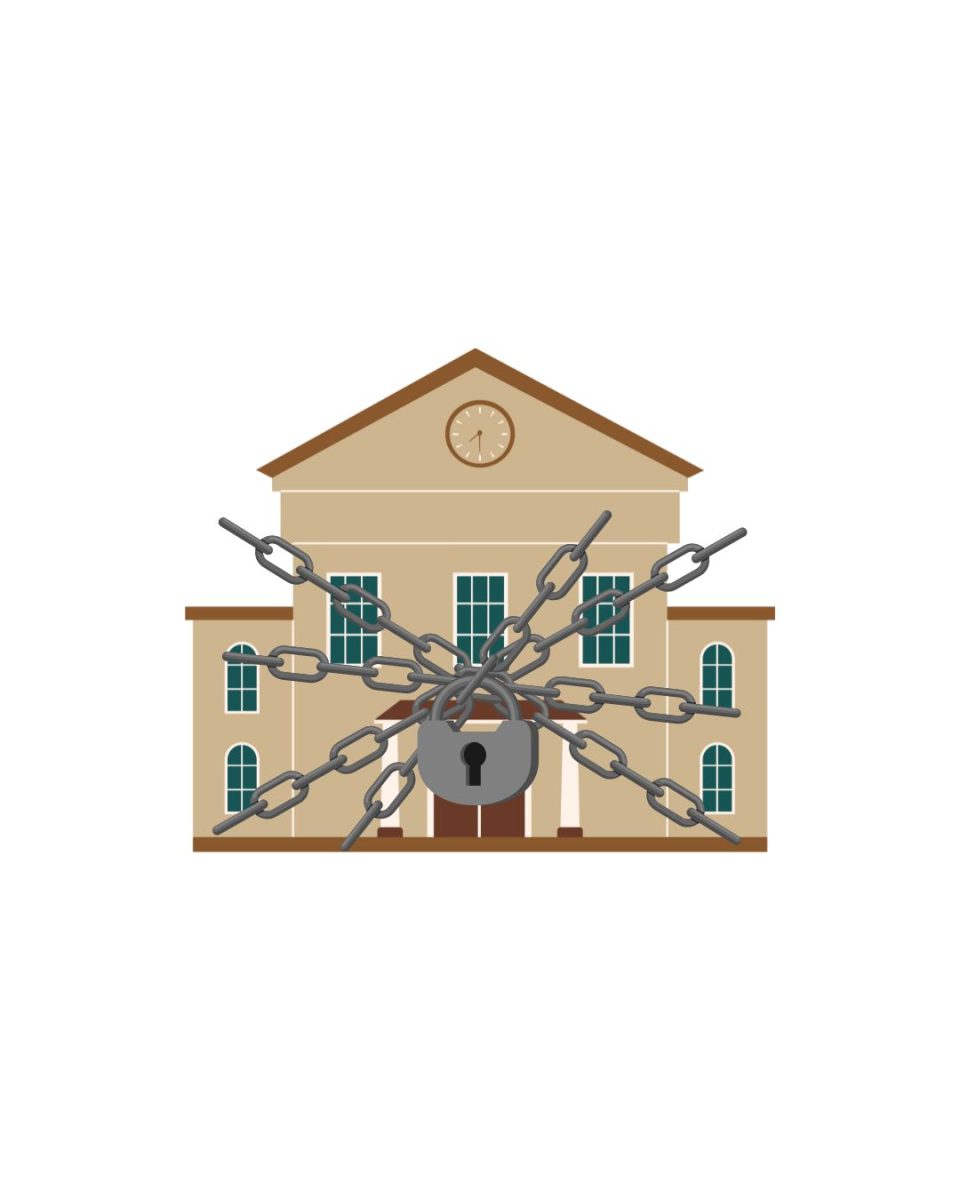In an era where information flows like a river, the Israeli-Palestinian conflict serves as a sobering reminder of the severe repercussions of spreading misinformation on the internet, and not knowing where to obtain your news and facts. As a writer and journalist, I believe this is an important topic to tackle.
The ongoing conflict has highlighted a critical issue that must be addressed: a lack of media literacy in education, which is causing many young people to question the ethics of independent and credible news sources in an unfaithful manner, leading them to seek information from biased and/or untrustworthy sources.
The Israeli-Palestinian conflict is one of the world’s most divisive issues. It is not simply a geopolitical problem, it is also a struggle of narratives. Contrary to common assumption, this is not a complicated situation, but it is incredibly difficult. One-minute TikToks are insufficient to describe the dispute, and they actively propagate misinformation, leaving out important nuances and context.
People on both sides of the battle have strongly embedded ideas about the war, which are frequently passed down through generations. The ability of this narrative-driven struggle to sway public opinion demonstrates its potency. Misinformation, whether deliberate or unintentional, becomes a powerful weapon.
The war has shown me, at least, how vulnerable many people (particularly young people) are to dis/misinformation. Ironically enough, I have seen people fall victim to misinformation while simultaneously accusing credible news organizations of spreading it. There are several examples of this happening, but one that piqued my interest was a post on the social media app X, formerly known as Twitter.
The post in question made a thread of tweets that showcased blatantly wrong claims or even outright lies associated with the Hamas attack on the music festival that occurred on Oct. 7, the event that kickstarted the current conflict in the region.
According to one of the tweets in the thread, the attendees at the music festival were not the target of Hamas, but rather the nearby Israeli military bases. According to the footage, the music festival attendees were “caught in the crossfire as they tried to flee” due to fighting between Hamas militants and Israeli forces.
This is categorically wrong. On Oct. 18, 2023, “Human Rights Watch” confirmed four videos from the Oct. 7, 2023, assaults by Hamas-led gunmen, indicating three instances of premeditated executions and dashcam footage of the attacks.
The video connected to the initial tweets contains no proof to back up its allegations and only makes false assertions. It is nothing more than an unsubstantiated conspiracy theory. What’s more, it gained over 30 thousand likes and 11 thousand retweets, with quotation tweets littered with individuals who supported and believed the lies.
The thread further says that Shani Louk, the 23-year-old kidnapped by Hamas during the terrorist attack on the music festival, was not dead, but rather “wounded in the crossfire between Hamas and Israeli terrorists.” Shani Louk’s death was confirmed by her own family, meaning this claim is also incorrect. Adi, Louk’s sister, verified that Shani died, most likely during the attack, following the finding of human remains indicating injuries that would not have been survivable. Again, people are endorsing and spreading this misinformation by the tens of thousands.
This is only one of hundreds of examples, and it becomes worse when you consider how misinformation like this undermines people’s confidence in established news organizations. An airstrike on a hospital in Gaza two weeks ago was a prime illustration of this. The Wall Street Journal was among the first to report on the strike, claiming that it “killed at least 500 people according to Palestinian officials” and was one of the bloodiest single acts of violence in the Gaza Strip. When the strike occurred, Hamas accused Israel, and vice versa.
I felt disturbed when I heard people in their articles’ comments declaring unequivocally that the strike was carried out by Israel and accusing The Wall Street Journal of biased reporting and failing to follow “journalism ethics.” Watching hordes of chronically online performative activists try to convince one of the world’s most prominent news companies that its reporting is “biased” was asinine. I thought it was absurd that individuals who don’t even know what a “masthead” or “byline” is were trying to explain “journalism ethics” to actual journalists.
If you want to learn about journalism ethics, there are books to read. You should understand journalistic ethics before making comments.
It was later revealed that Hamas was in fact behind the blast at the hospital, not Israel. I can’t say I was surprised when people still flooded The Wall Street Journal’s comments with accusations of bias and lies even after this was revealed.
It’s frightening how misinformation may take root and flourish in a society where knowledge is easily available. In my opinion, a key contributing element is a lack of media literacy instruction in schools. In an era where social media is many young people’s major source of news, the necessity of critical thinking and source verification cannot be overstated.
Media literacy education must be prioritized. Young people must learn to distinguish between reputable and biased sources. They should be trained to spot dis/misinformation, whether it is propaganda, distorted visuals, or blatant lies. The Israeli-Palestinian conflict highlights the repercussions of not providing this instruction. In the lack of such instruction, many young people are prone to being misled by biased sources.
The ramifications of this misinformation epidemic are far-reaching. It fosters distrust in established news outlets, leading people to doubt the ethics of independent and reliable sources. This erosion of confidence jeopardizes the basic underpinnings of a democratic society, where informed citizens are essential. The Israeli-Palestinian conflict exemplifies how distrust may influence perceptions of world events. People are lured to alternative sources that cater to their preconceived conceptions and biases, resulting in echo chambers in which only one point of view is heard.
To address this issue, educational institutions should include media literacy in their curriculum. Students should be taught how to critically assess information, examine the authenticity of sources, and recognize the value of other points of view. By providing these abilities to young minds, we can empower them to make educated decisions and combat the spread of misinformation. We can only expect to establish a more educated, critical, and just society if we give people the means to tell the difference between fact and fiction.
For comments/questions about this story, DM us on Instagram @thewhitatrowan or email [email protected].



